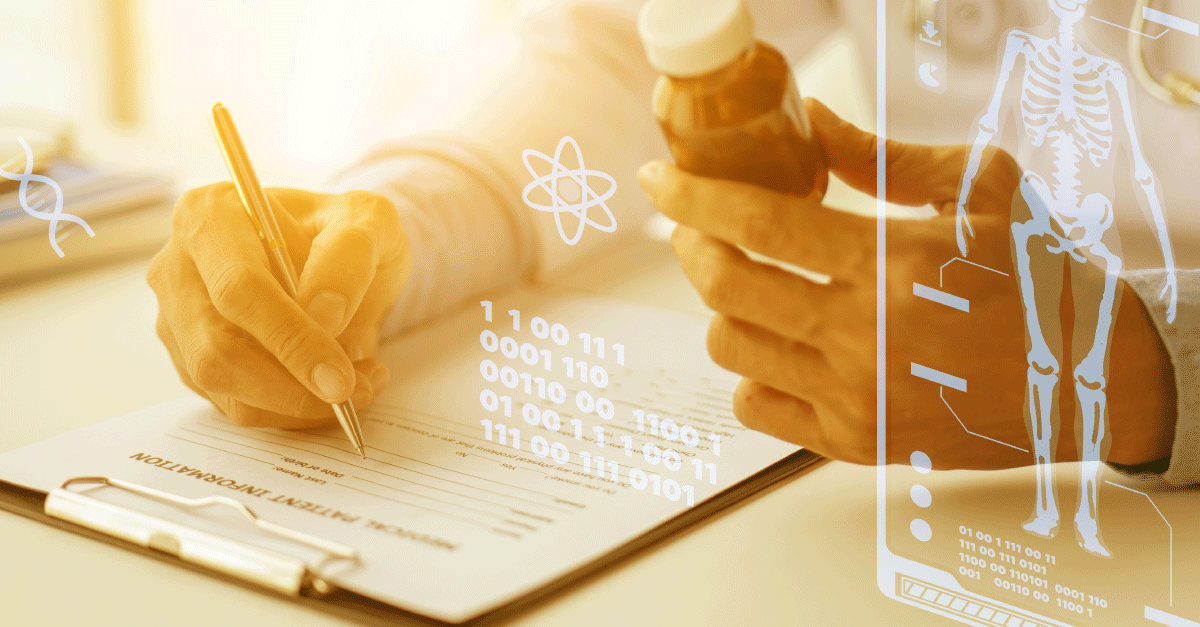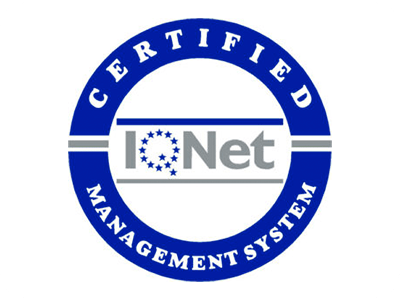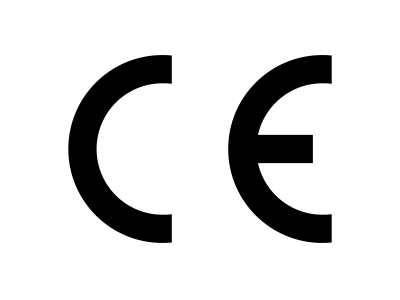The Top Pharmacovigilance Challenges You Need to Know
February 27th 2023

While pharmacovigilance is a crucial aspect of drug development and regulation, it also presents several challenges. In this blog post, we’re going to present the top challenges of pharmacovigilance, including data collection, regulation, incomplete data, and the need for continuous monitoring.
If you’re looking to improve your pharmacovigilance processes and ensure the safety of medicines and medical devices, it’s essential to understand the key challenges and develop strategies to effectively manage them.
What is Pharmacovigilance?
Pharmacovigilance is the practice of monitoring and collecting data on the safety of drugs and medical devices. It involves the identification, assessment, prevention, and mitigation of risks associated with the use of pharmaceutical products. It’s a vital component that supports the safety and effectiveness of drugs and medical devices and plays an important role in improving the quality of healthcare.
The main purpose of pharmacovigilance is to identify, prevent and manage potential risks related to the use of pharmaceutical products. It’s also used to detect and investigate any unexpected or serious adverse events and to provide information about the safety of medicines. However, pharmacovigilance is a complex process that requires a comprehensive understanding of the regulatory environment and post-market surveillance. This means that there are several challenges that affect the efficiency of the field.
Top Challenges of Pharmacovigilance
With the increasing number of drugs on the market and the growing complexity of healthcare systems, pharmacovigilance professionals are faced with several challenges in ensuring the safety of drugs for patients.
1. Underreporting Adverse Events
One of the biggest challenges in pharmacovigilance is the underreporting of adverse drug reactions (ADRs). It occurs when healthcare professionals, patients, or drug manufacturers fail to report ADRs to regulatory authorities, leading to a lack of comprehensive information on the safety of drugs. Underreporting can occur due to several factors, including lack of awareness of reporting requirements, fear of legal consequences, or perception that the ADR is not serious. This can delay necessary actions to mitigate risks, and ultimately harm patient safety.
2. The Regulatory Environment and Post-Market Surveillance
Regulatory agencies impose stringent requirements on drug safety monitoring and may revise their guidelines frequently. This can create complexities for drug developers and regulatory professionals in adhering to the regulatory requirements. Additionally, post-market surveillance relies on a system of voluntary reporting of adverse drug reactions, which can lead to underreporting and incomplete information. The limitations of post-market surveillance can hinder effective signal detection and risk management, which may lead to delayed actions to mitigate risks to patients. Meeting these regulatory requirements can be especially challenging for small and medium-sized pharmaceutical companies.
3. Increasing Volume of Data
The volume of data generated from clinical trials, post-marketing surveillance, and electronic health records is increasing exponentially. Pharmacovigilance teams need to manage this large volume of data and identify any potential safety signals. The increasing volume of data makes it difficult to identify and prioritize signals, leading to delays in the identification and management of drug safety issues.
4. Data Collection and Analysis
The sheer volume of data generated from various sources can be overwhelming, and collecting relevant information can be time-consuming and challenging. Additionally, data quality and completeness can be compromised due to inconsistencies in data collection across different sources. Analyzing data from multiple sources also creates challenges, including data integration and standardization, which can hinder the detection of signals and the identification of new safety concerns. Finally, there is a need for ongoing development of analytical methods and tools to keep up with the evolving data sources and analysis requirements in pharmacovigilance.
5. Preparing for Audits and Inspections
Preparing for audits is a significant challenge in pharmacovigilance, as regulatory agencies require companies to maintain robust pharmacovigilance systems and procedures. The audit process involves reviewing all aspects of the pharmacovigilance system, including data management, signal detection, and risk management processes. Preparing for audits requires significant effort, resources, and expertise, and any deficiencies or gaps identified during the audit can result in regulatory action or fines.
6. Risk Mitigation
Risk mitigation is a significant challenge in pharmacovigilance, as it involves developing and implementing strategies to minimize the risks associated with drugs. Risk mitigation strategies can include updating product labels, conducting post-market studies, or implementing risk evaluation and mitigation strategies (REMS). However, determining the most effective risk mitigation strategy requires a deep understanding of the drug’s safety profile, the patient population, and the regulatory requirements. Implementing risk mitigation strategies also requires significant coordination across different stakeholders, including drug developers, regulators, and healthcare professionals, which can be challenging. The effectiveness of risk mitigation strategies also needs to be continuously monitored and evaluated to ensure that they remain appropriate and effective in managing the risks of drugs.
7. Lack of Standardization
Pharmacovigilance activities are conducted globally, making it challenging to standardize data collection, analysis, and reporting across different regions. This lack of standardization makes it difficult to compare data from different regions and identify drug safety issues that may be specific to certain regions.
8. Limited Resources
Pharmacovigilance activities require a considerable number of resources, including trained personnel, data management systems, and financial resources. Many pharmacovigilance teams struggle with limited resources, which can lead to delays in signal detection, evaluation, and management.
9. Emerging Safety Issues
Pharmacovigilance faces the challenge of identifying emerging safety issues, especially with new drugs or drugs that have been on the market for a short period. These emerging safety issues can be difficult to identify due to the limited data available, and their impact on patients’ safety can be significant.
Tackling These Problems with Artificial Intelligence
Implementing artificial intelligence in pharmacovigilance processes is essential now more than ever for several reasons. Firstly, it can help identify adverse drug reactions more accurately and quickly than traditional methods. AI can analyze vast amounts of data from various sources and identify patterns humans may miss. This can lead to earlier detection of safety concerns and faster decision-making, which can ultimately save lives.
Secondly, AI can help to reduce the workload and increase the efficiency of pharmacovigilance teams. By automating routine tasks, such as data entry and case processing, AI can free up time for pharmacovigilance professionals to focus on more complex tasks, such as signal detection and risk management. Thirdly, AI can assist in improving the quality of pharmacovigilance data. By automatically extracting relevant information from various sources and structuring it in a standardized way. AI can ensure that the data is consistent and accurate, which is essential for effective signal detection and risk management.
Conclusion
Pharmacovigilance faces many challenges that affect its ability to identify and manage drug safety issues effectively. It’s important to collect accurate data, analyze it effectively, report it accurately, and develop strategies to manage and mitigate risks. With the volume of data in today’s world, these challenges become even more evident which emphasized the need for artificial intelligence solutions to support processes. Addressing these challenges through technology solutions, can enhance the quality and efficiency of drug safety monitoring, improve patient safety, and ultimately lead to better health outcomes.
Discover how our semantic AI platform and smart data capture and analysis system can strengthen your pharmacovigilance processes, optimize your practices, and empower your decision-making.
Ready to see what we can do for you?
In the right hands, artificial intelligence can take human performance to a hitherto unimaginable level. Are you ready for evolution?




